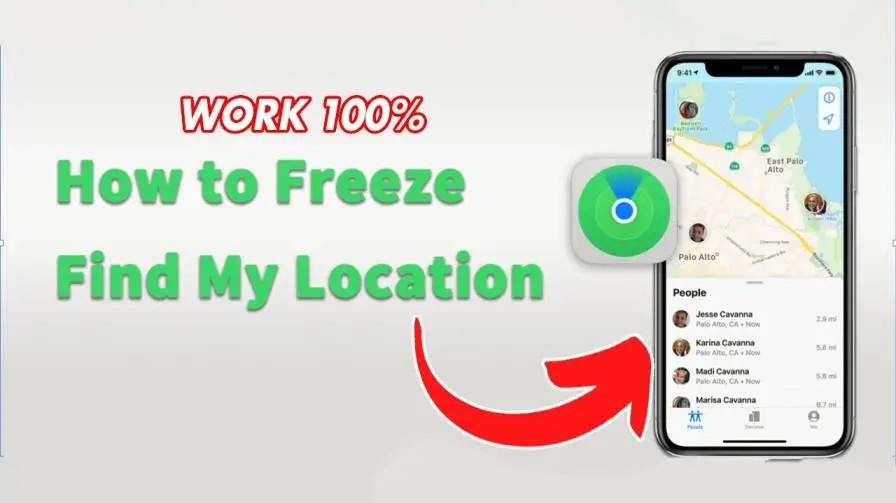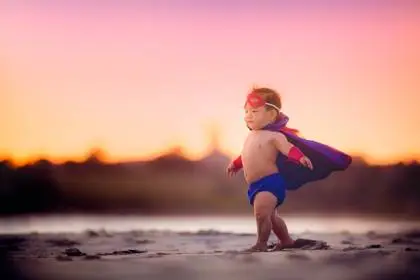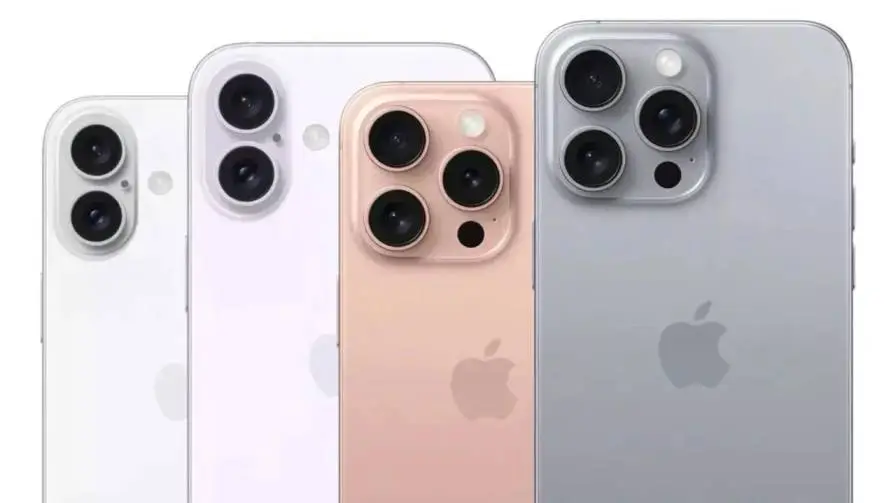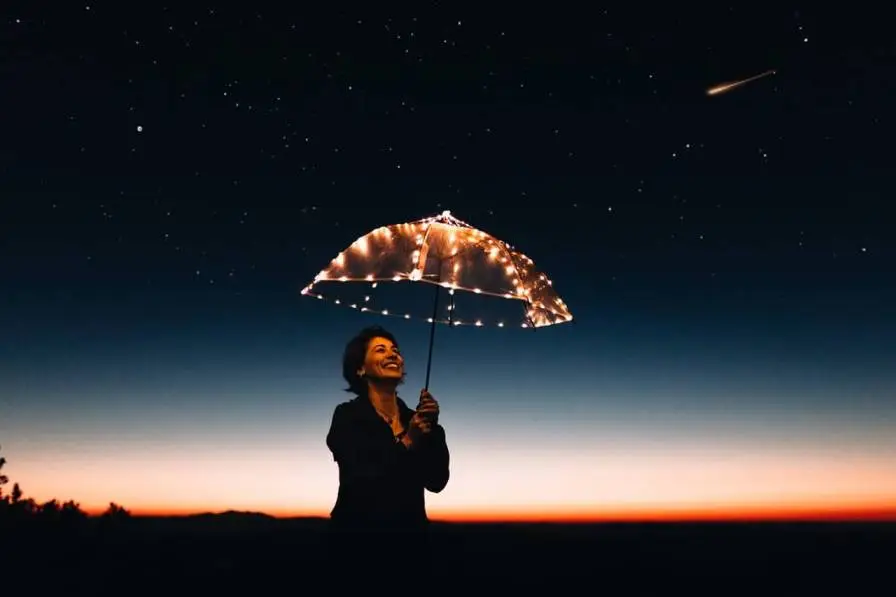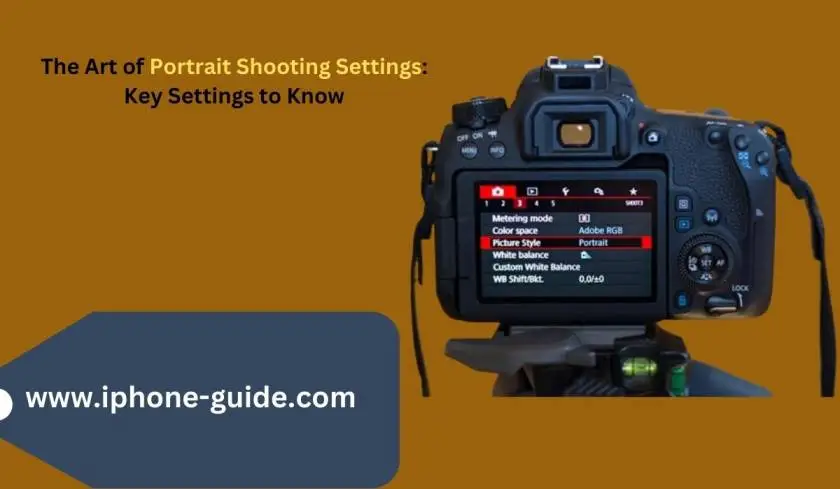
The Art of Portrait Shooting Settings: Key Settings to Know
When getting everything portrait shooting settings, it tends to be trying to see your camera's all's options and know the best ones to decide for the outcomes you are later. The objective of this article is to assist with directing you in the correct direction while working with your camera settings for pictures. Nailing focus in portraits.
With regards to picture, a fundamental guideline is to ensure that your subject's eyes are in tack-sharp concentration. There are exemptions for this standard, yet by and large, in the event that your subject is investigating the camera, their eyes should be in center.
Your portrait shooting settings and self-adjust capability are an extraordinary device to guarantee that your subject is in center for each edge. You can physically decide to put a self-adjust point regarding your subject's eye(s) or you can utilize your camera's instinctive self-adjust highlights.

Cameras like Group's EOS 7D Imprint II and EOS 5D Imprint IV proposition Face Recognition ability, in any event, shoot through the viewfinder, which is useful assuming that your subject is moving. This functions admirably for capturing small children's progress.
Read Also: Olympus Pen F How to Shoot Vertical Video iPhone
In the event that you are shooting in low light circumstances or, on the other hand, on the off chance that you're working with a shallow depth of field, a stand or monopod can be an extraordinary assistance for forestalling "portrait shooting settings" and accomplishing a sharp representation. It's additionally essential to ensure that your viewfinder's diopter, or eyepiece, is changed accurately.
Understanding the Portrait Shooting Settings
It's changed with the little wheel to the side of your viewfinder that permits you to tweak the focal point of your eyepiece in understanding your vision. One simple method for changing the diopter is to eliminate the elastic eyepiece so you approach the diopter wheel.
Then, essentially glance through the viewfinder and initiate the data board on the lower part of the viewfinder by contacting the screen button. At last, while glancing through the viewfinder, change the diopter wheel until the data board turns out to be sharp. Remember to supplant the elastic eyepiece to the viewfinder. Done!

While considering center, it's vital to pick your f-stop astutely. A well-known approach is to set a wide opening (around f/2.8-ff/5.6) to catch a shallow profundity of field. This makes the foundation behind your subject somewhat obscured, assisting them with standing apart better.
Read Also: Should I Shoot Sunsets in Manual or Aperture Priority?
It's significant not to go excessively wide, as you as a rule maintain that your subject should be as in-center as could really be expected. At the more extensive gaps like f/2.8 and f/4, in the event that your subject is dismissed somewhat from the camera, frequently the eye uttermost from the focal point won't be in sharp concentration.
Shutter Speed & ISO
For pictures caught in normal or encompassing light, the slowest screen speed to consider when working handheld is commonly 1/60th. Working with longer focal points, for example, 200mm or 300mm, you'd in a perfect world need to associate with 1/250th or quicker. Utilizing screen speeds more slowly than this, particularly at longer focal point central lengths, can bring about flimsy catches that are foggy as well as out-of-center.
Consider using a stand or expanding your camera's ISO to consider a quicker shade speed on the off chance that you're working inside or in low light.
The main disadvantage of expanding your ISO is that you'll see that the "clamor" or "grain" in your shots starts to increment as your ISO goes up. While shooting representations, it's ideal to keep your camera's ISO set to as low a number as conceivable to guarantee detail and limit computerized commotion.
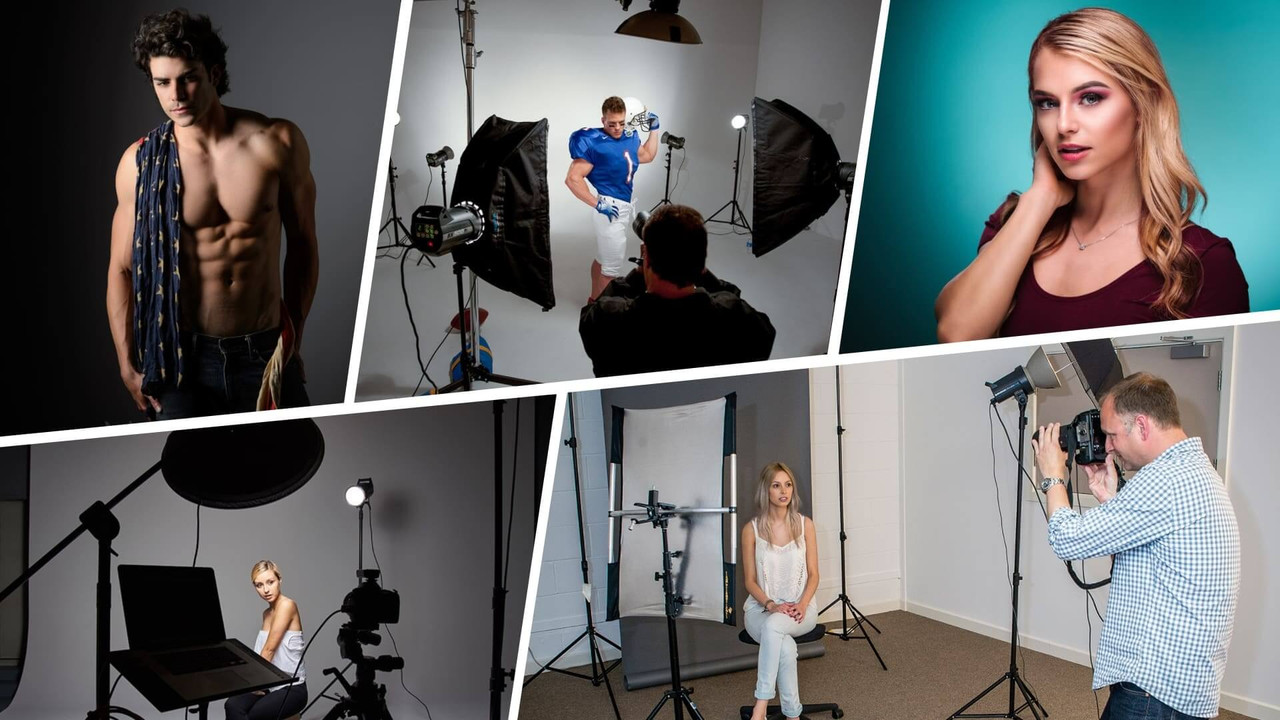
An effective method for controlling profundity of field yet nail openness is to shoot in gap need mode (AV on the Mode Dial of Ordinance cameras). In this shooting outdoor portraits, you can pick your f-stop physically, and afterward your camera will utilize its inward light meter to set the shade speed for a right openness consequently.
As you move and lighting conditions change, your camera will change the shade speed depending on the situation. This will permit you to focus on synthesis and working with your subject at a focal point gap you've dialed in.
Read Also: What Does Seeing a Shooting Star Mean?
Something else to consider while shooting pictures is what to do when your subjects are moving. Utilizing a quicker screen speed can assist with freezing movement and limit obscure.
However, you can push your shade speed so far while lighting conditions are beyond your control (which it frequently is for occasion representation). Expanding your camera's ISO can truly assist with disposing of movement obscure. In a perfect world, for moving subjects in sunlight (without streak), you'd need to utilize screen rates of 1/500th or quicker.
For studio streak lighting or with speedlights, the greatest suggested screen speed is by and large 1/160th or 1/200th. Most cameras won't match up with an outer blaze over 1/200th to 1/250th except if they are prepared to do High Velocity Sync (HSS), and this is typically conceivable just with Speedlites.
Sync speed alludes to the quickest screen speed the camera is equipped for utilizing to uncover the entire edge immediately. By and large, the sync speed changes between 1/125th and 1/250th, contingent upon your camera. You can work at more slow shade velocities and utilize streak; however, not at quicker screen speeds, except if you utilize Rapid Sync.
With High Velocity Sync, the glimmer fires an extraordinary number of times in fast progression during the openness to uncover the sensor equally across the whole casing. This takes into account a lot quicker screen speeds, which is really great for two reasons.
In the first place, it permits you to free your camera up to more extensive f-stops for catching lovely pictures with an obscured foundation even in brilliant sunshine. Second, a quicker screen speed can take into consideration freezing movement.
This functions admirably while shooting artists, competitors, or any pictures with development. Remember that as screen speeds get quicker with Rapid Sync dynamic, streak yield is continuously decreased for specialized reasons.
Which Type of Best Camera Shooting Outdoor Portraits?
When you are choosing the right shooting outdoor portrait camera. For representation photography, it is prescribed to work with Crude documents whenever the situation allows. A vital part of crude versus JPEG shooting, for representations or different kinds of subjects, is the way basic settings like white equilibrium and picture style are applied.
With Crude picture documents, white equilibrium settings can typically be totally different without losing any detail or pixel data during Crude record handling.
With in-camera JPEGs (or video documents), your White Equilibrium and Picture Must Style settings are right at the hour of catch, since you can't just change them later during after creation. With JPEG documents, there's close to nothing shooting outdoor portraits to make critical changes, even with very good quality picture-altering programming.
Occasion photographic artists frequently decide to shoot both Crude documents as well as JPG records at the same time. This permits them to have JPG documents close by for on-location slideshows or speedy turnover to a client, while the Crude records are likewise being caught. The Crude documents are utilized later for printing and any significant altering that should be finished.
White Balance for Portraits
Your camera's White Equilibrium setting alludes to the variety temperature of the light when the picture was caught. Representations caught in daylight will have a cooler variety temperature than pictures caught with indoor tungsten lighting, which has a hotter variety temperature.
Your camera's White Equilibrium setting assists with guaranteeing that white shades seem white and that complexions are delivered precisely. Most cameras accompany the choice to set or change white equilibrium physically. These settings ordinarily incorporate daylight, shade, tungsten, fluorescent, and so forth.
More often than not, utilizing a white equilibrium setting that matches the lighting conditions will bring about incredible pictures. Be that as it may, you can utilize a hotter White Offset setting with likeness for a more regular look.
In the model underneath, the picture on the left was caught in normal light with the Daylight white equilibrium setting. This brought about precise complexions yet a somewhat cool tone to the picture.
In the representation on the right, the White Equilibrium setting was changed to Streak for a hotter variety temperature. The outcome is more practical complexions and a seriously welcoming tone over all. The Overcast and Shade WB settings will add considerably more warm, golden tones.
Picture Styles for Portraiture
Ordinance's Image Style settings make it simple to get ideal picture quality by browsing a couple of generally styles. Each setting has its own inconspicuous hope to variety, contrast, and honing. You can additionally change each on a case-by-case basis in your camera's menu or with Standard's Computerized Photograph Proficient (DPP) programming.

For representations, you need to stay away from the scene picture style, as it will in general increment immersion in blue and green tones to stress a characteristic scene. This can look a little unnatural in representation and be harsh to complexions.
Read Also: How to Use Inshot for Laptop/PC and Alternatives Video Editor?
The Representation Picture Style is one spot to explore when you initially start with likeness, as the variety tone and immersion are set to acquire hotter complexions. Shots will likewise look perfect on the rear of the camera, which proves to be useful assuming you share your pictures with your subjects during your representation meeting.
Burst Mode/Drive Modes
Numerous DSLR cameras offer more than one drive mode for various shooting conditions. In the event that you select Single Shooting, the camera discharges a single shot each time the screen button is completely discouraged. This functions admirably for presented pictures and most blaze photography.
In constant shooting mode, the camera's screen continues to fire however long you push down the shade button completely. This functions admirably for subjects progressing like artists, competitors, entertainers, and so on.
For quick movement, you need to utilize the High Nonstop Drive Method of your camera to catch the most extreme measure of shots and not miss any of the activity. Indeed, even section-level tradable focal point cameras these days can shoot up to three edges each second in sunlight conditions, and further developed cameras can shoot at 5 fps or quicker.
As you practice these settings and get to know your camera, capturing amazing images will become easier. As you become more familiar with your camera's shooting modes and picture styles, you will normally start to zero in on different areas of representation that are so crucial to progress, such as presenting and piece. Careful discipline brings about promising results, so get out there and shoot!
.



